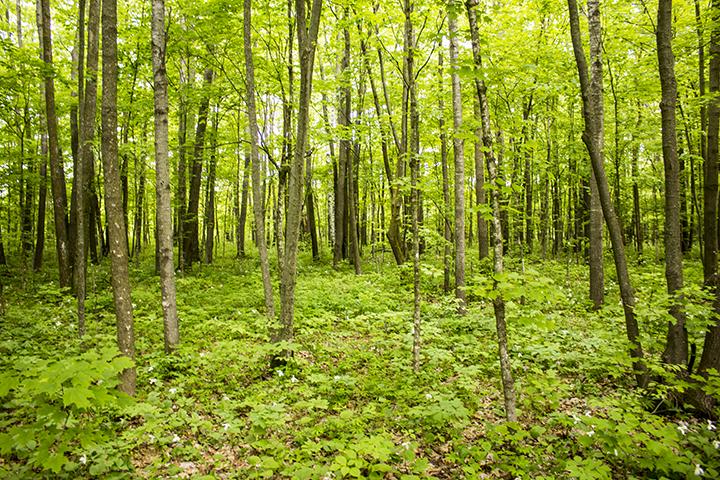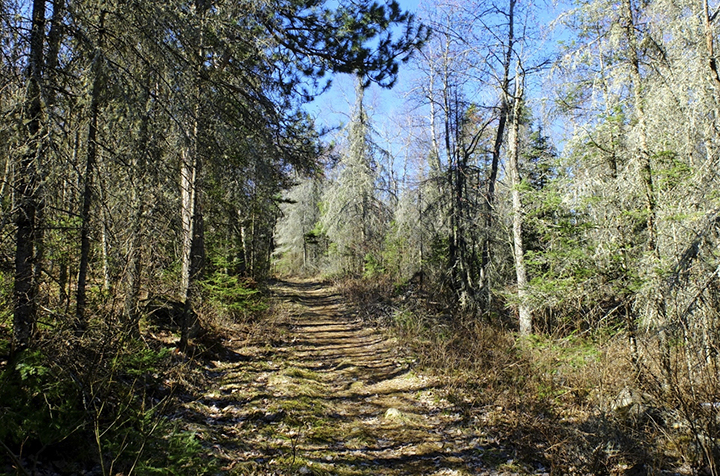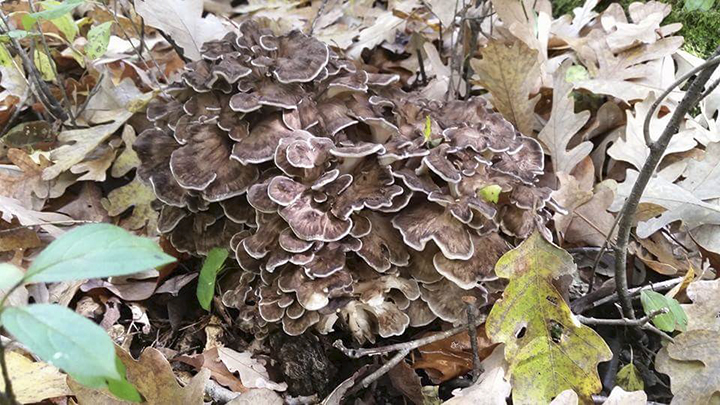Mille Lacs Wildlife Management Area protects 60.5 square miles of moist hardwood forest and wetlands in east-central Minnesota. About sixty percent of the WMA is forested, mostly moist red oak – basswood forest. The remainder is wetland, mostly sedge meadow and willow – dogwood shrub swamp. There are 80 parking areas and about 100 miles of forest roads, hiking trails, and hunter walking trails within the WMA.
Hunters can stalk deer, bear, small game, forest birds, and waterfowl. Fur-bearer trapping is allowed with a permit. Non-game wildlife found here include red-shouldered hawk and four-toed salamander, both species of special concern in Minnesota. Protected plants found here include bog bluegrass, little goblin moonwort, narrow triangle moonwort, and least moonwort.
Visitors to Mille Lacs WMA on Memorial Day weekend will see large-flowered trillium peaking and will attract large numbers of mosquitoes. DEET is highly recommended.
http://minnesotaseasons.com/Destinations/Mille_Lacs_WMA.html



